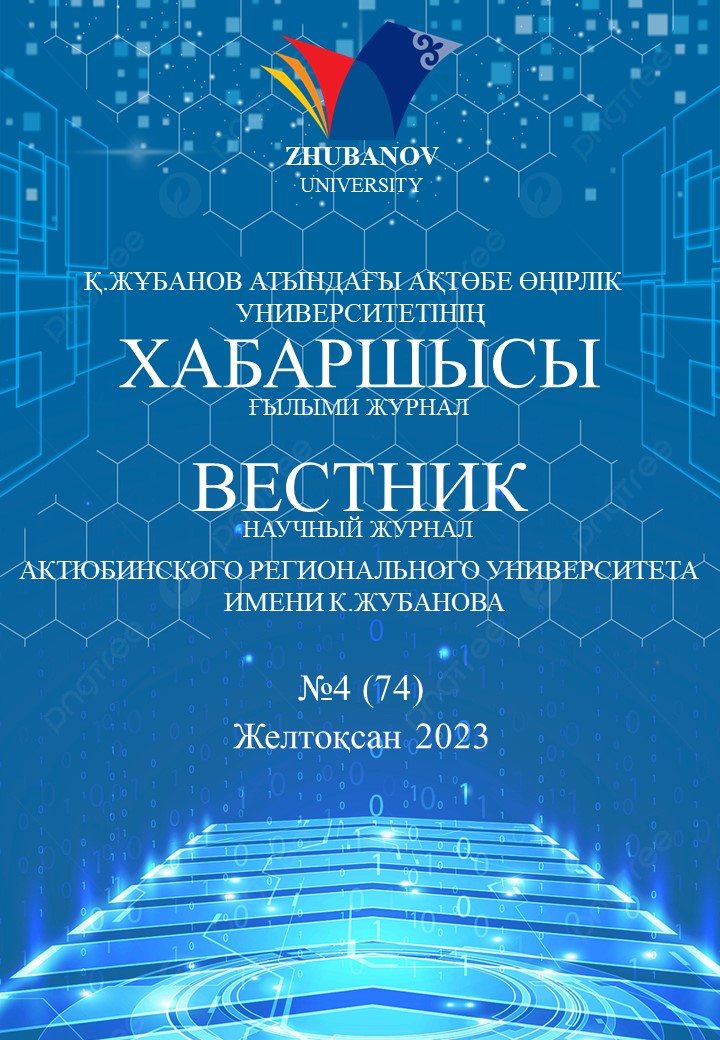Мақала ХХ-шы ғасырдың 30-шы жылдарындағы кеңес үкіметі билігі кезеңіндегі Қазақстанның ауыл шаруашылығының даму тарихына арналған. ХХ –шы ғасырдың 30-шы жылдары - Кеңестік социалистік республикалар одағының даму тарихындағы ең ауыр, трагедиялы кезең болып табылады. Мақалада кеңестік құрылысты дамытуға бағытталған ауыл шаруашылығына қатысты кеңес үкіметінің саясаты ретінде шаруаларды жерге күштеп отырықшыландыру, ауыл шаруашылығында астық пен ет дайындау науқанын жүзеге асыруда асыра сілтеушілікке жол берілгендігі қарастырылады. Астық дайындау науқанын жүзеге асырудағы колхоздардың әлеуетіне қарамай, жалаң, ұраншыл саясатқа негізделген шамадан тыс жоспарлар және оны орындатудағы күштеу шараларының ақыры саяси қуғын - сүргінге, қылмыстық жауапкершілікке тартуға, халықтың мал-мүлкін тәркілеуге, жер аударуға ұласқандығы талданады. Кулактарды тап ретінде жоюды көздей отырып, оларды меншіктерінен айыруын, орташалар мен кедей шаруаларға «астығын тықты» деген айып тагып күштеу, мәжбүрлеу әдіс-тәсілдерінң қолданылуы, сондай-ақ кеңестік саясатқа қарсылық көрсеткендерге түрлі айыптар тағылуы, нәтижесінде оларды түрлі қылмыстық жауапқа тартып жазалануын архивтік деректер негізінде зерттеледі
- Дахшлейгер Г.Ф., Нурпейсов К.Н. История крестьянства Советского Казахстана. –Алма -Ата: Наука, 1985 .–247 с.
- Турсунбаев А.Б. Из истории крестьянства переселений а Казахстане. –Алма-Ата: Изд.АН Каз ССР. 1950.–С.101.;.
- Жумабеков Ж. Ленинской дорогой. Руководство КПСС. Вовлечение трудового крестьянства Казахстана а стройтельство социализма. –Алма-Ата: Казахстан, 1973.–288 с.
- Козыбаев М. Ақтаңдақтар ақиқаты. Оқу құралы. –Алматы; Қазақ университеті, 1992.–272 б.
- Абылхожин Ж., Козыбаев М,К,, Татимов М.Б. Казахстанская трагедия // Вопросы истории 1989. No7.С.51-59.
- Омарбеков Т. Зобалаң. Алматы: Санат, 1994. –272 б.; ХХ ғасырдағы Қазақстан тарихының өзекті мәселелері. Көмекші оқу құралы.-Алматы: Казакпарат, 2001. –397 б.
- Козлов А.П. Хлебозаготовительный кризис 1927-1928гг. в Казахстане и его последствия / Исторические, филосовские, политические и юридические науки, культурология и искусствоведение. Вопросы теории и практики. –Тамбов: Грамота, 2013.No 4. Ч.2. С. 56-60.
- Ивницкий Н.А. Репрессивная политика советской власти а деревне (1928-1933 гг.). РАН. Ин-т рос. истории, Университет г. Торонто (Канада). –М., 2000. -350 с.
- Грациоза А. Великая крестьянская война в СССР. Большевики крестьяне. 1917-1933 гг. М.: Рос Поит. Энцикл. (РОССПЭН) 2008. –136 с.
- Огайон И. Седентаризация казахов СССР при Сталине. Коллективизация и социальные изменения (1928-1945 гг.) (пер. с. фр. А.Т. Ракишева: сост. Б.М. Сужиков).–Алматы: Санат, 2009. –365 с.
- Киндлер Р. Сталинское кочевники: власть и голод в Казахстане (пер. с.нем. Л.Ю. Пантиной)). –М.: Полит.энцикл. 2017. –382 с.
- Трагедия казахского аула. 1928-1934 гг.: сб.док/ сост. А.С. Зулкашева. Т.1. –Алматы: Раритет. 2013.–744 с.
- Ашаршылық. Голод. 1928-1934 гг. Документальная хроника; сб. док. Т.1.; 1928-1929 гг., –920 с. Т.2. 1930-1931 гг. –1240 с. Т.3. 1932-1934. -1028 с./ Отв. ред. Б. Әбдіғалиұлы. –Нур-Султан. –Алматы: Атамұра, 2021.
- Ақтөбе облыстық мемлекеттік архиві, 20-қ.,1-т., 22 -іс, 20-26 пп.15.Ақтөбе облыстық мемлекеттік архиві 63-қ., 2-т.,5 -іс, 304 пп.16.https://istmat. org/node/20293

